What to do if you discover you have bought a forgery
Written by
In December it was reported that the Michigan Court of Appeal has allowed a claimant to continue her lawsuit against a gallery relating to fake Salvador Dali prints, by ruling that the gallery’s alleged fraud had delayed the start of the limitation period (which would otherwise have now passed, barring her claim).
In 1999, Ms. Mattie King and her late husband set sail on a cruise, during which they attended an auction run by Park West Gallery. According to their website, Park West Gallery maintains onboard art galleries and produces thousands of live art auctions every year on more than 100 luxury cruise ships around the world.
During the auction, Mr. and Mrs. King purchased a complete set of prints of Salvador Dali’s Divine Comedy for $165,000. The couple alleges that prior to the sale, the auctioneer advised her that the works were signed by Dali, and were a good investment that would increase in time. These claims were supported by certificates of authenticity and appraisals.
When Ms. King tried to sell the prints in 2009, she discovered that the signatures on the prints might be forgeries. Park West Gallery deny Ms. King’s claims.
Ms. King sued the gallery in 2011. Park West Gallery argued that the claim should be dismissed on the basis that the six-year limitation period had expired and because Ms. King and her husband had failed to do their own due diligence to discover the forgery. The gallery succeeded on these arguments and the lower court dismissed the claim in 2012.
Ms. King appealed. In December 2014 the Michigan Court of Appeal overturned the lower court’s decision on the basis that the gallery’s alleged concealment of the fraud delayed the start of the limitation period, and that the couple were not negligent in relying on the gallery’s advice about the authenticity and value of the prints. According to one report, the gallery’s provision of a certificate of authenticity and written appraisal at the time of purchase was the affirmative act of concealment that prevented the buyer from making further enquiries about the piece. The full appeal decision can be read here.
Ms. King’s claim can now continue and will be defended by Park West Gallery.
Ms. King’s claim is reminiscent of two previous claims against Park West Gallery which also concerned a set of Salvador Dali’s Divine Comedy prints (as reported here and here), both of which Park West Gallery deny.
So what should you do if you discover you have bought a forgery?
Ms. King’s claim is complicated by the fact that she bought the prints at auction from an American gallery on a cruise ship, which raises issues over which jurisdiction applies.
To simplify things, let’s imagine a fictional scenario, where a buyer purchases Salvador Dali prints at auction in London, and the contract was subject to English law. Let’s also assume that the auctioneer was not aware that the prints were forgeries; the auctioneer carried out all appropriate due diligence and was convinced that the prints were genuine and assured the buyer of this. So, with the imaginary scene set, what action could a buyer take against the auctioneer if, a month after she bought the prints, she discovered that they were forgeries.
Read the small print
The first and most important thing for the buyer to do is to look at the conditions of the sale. These can vary slightly over time and between different auction houses so it is important to consider the particular conditions of sales relating to the specific auction. Conditions of sale are usually found in the back pages of the auction catalogue and set out the extent of the auctioneer’s liability and the nature of its obligations. As an example, the conditions of sale for a recent auction at Bonhams can be seen here. Scroll down to Appendix 2 – Buyer’s Agreement and paragraph 9 sets out the terms of a limited warranty relating to ‘forgeries’ (which has a specific meaning set out in the ‘list of definitions’ on the last page). Bonhams’ terms state that – provided the conditions listed in subparagraph 9.2 are met, the exclusions in subparagraph 9.3 do not apply, and Bonhams satisfies itself through testing and other processes that the item is a forgery – then Bonhams will re-purchase the item from the buyer for an amount which the buyer paid for the item (the purchase price plus buyer’s premium, VAT and expenses). It is important to read all of the small print carefully and consider all of the conditions and exclusions that relate to this remedy. As well as sub-paragraphs 9.2 and 9.3, there are further requirements to satisfy in sub-paragraphs 9.6-9.8. Having looked at a few different auction catalogues, most seem to contain similar provisions, although it is essential to check the exact wording in each case. An example of Christie’s limited warranty for a previous sale can be seen here, at paragraph 6.
Assuming that all of the particular conditions are met, these terms allow the buyer to effectively return and refund the forged item to the auctioneer. While this sounds straightforward, in practice it can be a little more complicated, as the interesting case of Avrora Fine Arts Investment v Christie Manson & Woods Limited [2012] EWHC 2198 (Ch) demonstrated. That case also involved claims for negligence and misrepresentation, as well as arguments under the Unfair Contract Terms Act 1977. Interested readers can read the full judgment here.
As for Ms. King, we will have to wait for the next stage of the case to unfold and we will update the blog as it happens.
